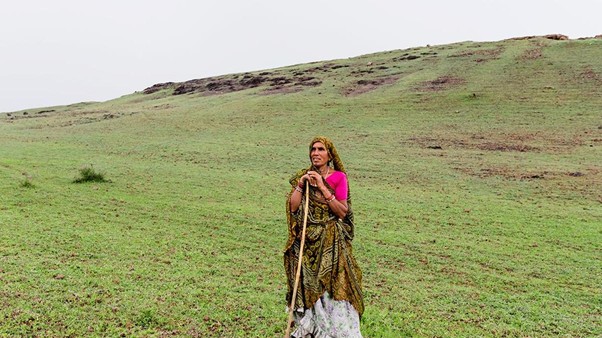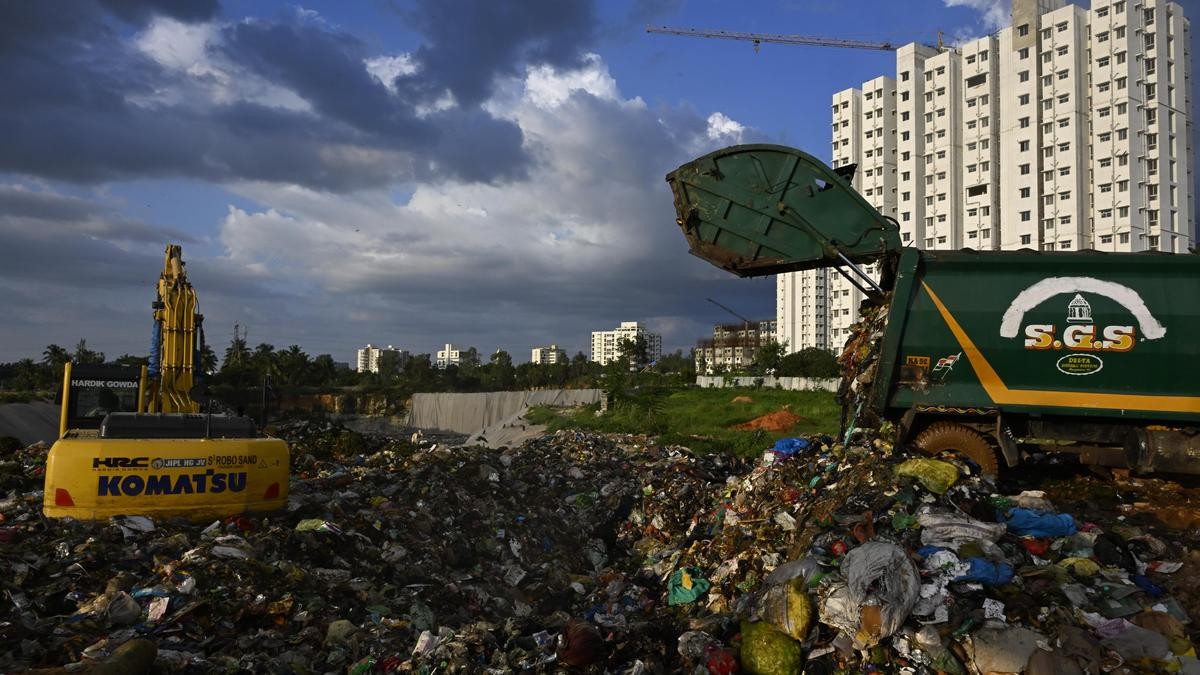




Source: DOWNTOEARTH
Disclaimer: Copyright infringement not intended.
Chlorpyrifos a widely used organophosphate pesticide has officially been listed under Annex A of the Stockholm Convention on Persistent Organic Pollutants for global elimination.
However the decision has sparked debate due to the unprecedented number of 22 exemptions allowed for its continued use.
A moderately hazardous pesticide (WHO classification).
Used in agriculture (rice, cotton, sugarcane, citrus, etc.), livestock (tick control) and wood preservation.
Toxicological effects
Neurodevelopmental damage in children
Reduced birth size
Lung and prostate cancer
Bioaccumulative and persistent in environment
|
Feature |
Details |
|
Convention Signed |
2001, came into force in 2004 |
|
Objective |
Eliminate or restrict POPs to protect health & environment |
|
Administered by |
UN Environment Programme (UNEP) |
|
Key Annexes |
Annex A (Elimination), Annex B (Restriction), Annex C (Unintentional production reduction) |
|
Review Body |
Persistent Organic Pollutants Review Committee |
Listed in Annex A: Aimed for total elimination.
POPRC Recommendation: Scientific evidence supported elimination due to long-range transport, bioaccumulation, and toxicity.
Negotiation Outcome
Adopted by consensus in Geneva BRS Convention meeting.
Exemptions increased from 7 to 22 raising environmental and ethical concerns.
Major Uses Permitted
Agricultural pest control (on 18 crop-pest complexes)
Livestock: Tick control in cattle
Locust control
Wood preservation in building foundations
Examples of Crop-Pest Complexes Allowed
|
Crop |
Pest Controlled |
|
Rice |
Planthoppers, stemborers, leaf rollers |
|
Cotton |
Aphids, cutworms, whiteflies |
|
Maize |
Armyworms, borers, grubs |
|
Soybean |
Pod borer, aphids, stink bugs |
|
Sugarcane |
Beetles, borers |
|
Citrus |
Scale insects |
|
Rapeseed (new exemption) |
Flea beetles, gall weevils |
|
Pineapple (new exemption) |
Mealybugs, weevils |
Many exemptions not backed by POPRC assessments.
Industry influence.
Continuing use jeopardizes farmers, children and ecosystems.
Will delay global phase-out.
Approved Uses in India
Rice, beans, gram, sugarcane, cotton, mustard, groundnut, onion, apple, cabbage, citrus, tobacco, termite control in wheat/barley/sugarcane.
India has not yet declared a domestic phase-out date despite global concerns.
Sources:
|
PRACTICE QUESTION Q. Which of the following properties of Chlorpyrifos made it eligible for listing under the Stockholm Convention as a Persistent Organic Pollutant (POP)?
Select the correct answer using the code below: A. 1, 2 and 3 only Answer: A Explanation: |







© 2025 iasgyan. All right reserved